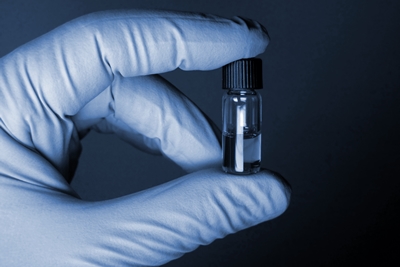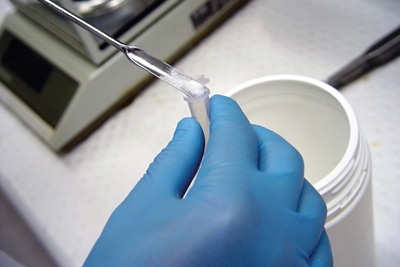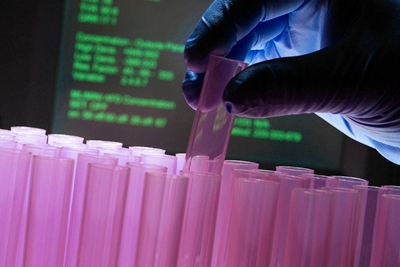RESOURCES Importance of Cleanroom Performance Testing
IMPORTANCE OF CLEAN ROOM PERFORMANCE TESTING

Clean Room
A cleanroom provides controlled environment required in compounding, processing and/or packaging a certain product. Temperature, airborne particulates, microbes, relative humidity, differential pressure, and air flow are kept under specific ranges to meet the conditions needed to guaranty the purity and quality during manufacturing.
Performance Testing
A cleanroom is not clean without performing validation. This procedure allows the end user to assess the suitability of the design for its intended purpose. Performance testing also proves that the facility, equipment and environment meets the User Requirement Specification (URS) thus, ensuring compliance to regulatory requirements. Lastly, this procedure confirms that all controlled factors function together as a system meeting the defined standards.
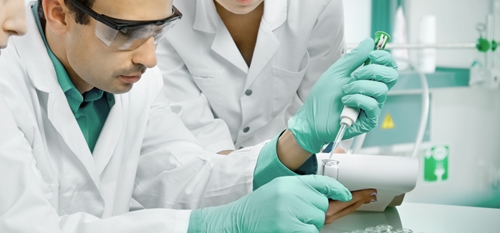

Documentation
Along with the execution of validation is documentation. This provides traceability of all performed procedures and the results gathered in each step. Without the records, there will be no proof of testing. Documentation provides easier analysis for the end user and cleanroom installer to asses in which area, equipment or environment has a necessity to adjust in order to improve cleanroom performance.
Phases of Validation
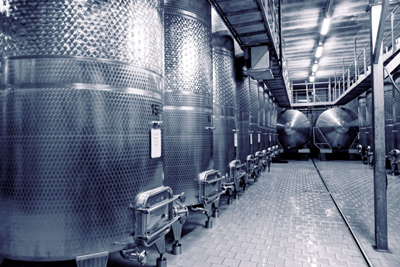
Design Qualification
Validation phase that checks and assures the actual facility.
This first phase of validation checks and assures that the actual facility is identical to the design stated in the User Requirement Specification, purchase order, vendor documents and specification, manual, Factory Acceptance Tests and data sheets. The design requirements, bidding requirements, purchase documents, all documents from the vendor, as build drawings, components lists, inspection lists and Factory Acceptance Tests documents shall be included in a single file and to be used as a reference for Installation Qualification.
Installation Qualification
Validation phase wherein the installed facility is verified.
Installation qualification is the phase of validation wherein the installed facility is verified to be similar with the approved design, manufacturer’s recommendations and user requirements through documented evidences: HVAC calibration, P&ID loop verification, HEPA filter integrity test data review, critical equipment calibration status, site acceptance tests, installation qualification tests, piping and welding documentation, utility verification and system standard operating procedures and work instructions. All changes made in the facility during installation, tests performed, calibration, supplier supplied documents, equipment certificates, installation deviations, Site Acceptance Tests, consumables lists, spare parts lists, environmental review report and list of operational and instructional documents shall be consolidated.

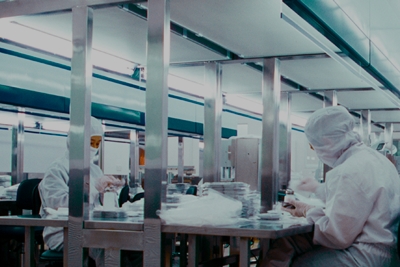
Operation Qualification
HVAC system operation testing against specified functional requirements.
Testing HVAC system operation against specified functional requirements, critical alarms, interlock alarms, critical operating parameters defined on the room data sheet, filter integrity tests, standard operation for the cleanroom, airspeed and airflow, airflow patterns and pressure differential are specifically being performed in this phase, with recorded data, to objectively substantiate the conformance of the installed facility with the design requirements and user defined requirements. These are being monitored while the cleanroom is operating consistently within a defined range of conditions. Temperature, humidity, maintenance schedules and personnel contamination are also set at extreme ranges (maximum and minimum) during testing to assess the capacity of the cleanroom. Worst case scenarios are carried out in each critical parameter in order to produce an OQ report proving effectiveness of alarms and other functional requirements of the cleanroom as specified in the user requirement specification.
Performance Qualification
Cleanroom expectation to exhibit consistency in operating within defined parameters.
The last phase of validation is Performance Qualification. Here, the cleanroom is expected to exhibit consistency in operating within defined parameters producing the desired environment outcome. Results of airborne particulate levels, surface particulate levels, viable microbial particulates, relative humidity, differential pressure and temperature demonstrates the efficiency of the cleanroom.

Gaining Confidence from Validation of a Clean Room
Validation certificate is issued by a certifying body after assessing the documentation filed from all phases of the process. This enables the company to ensure that the clean room installed and being used to produce products meets the agreed design and function of the user and the supplier, which should be in compliance to regulatory requirements.
Validation from cleanroom design until performance testing and monitoring is a tedious work. It requires a lot of documentation and investment however, all of this actually provides savings for a company. Product recalls and reworks due to contamination, which is more costly, is unlikely to happen. More importantly, the validation enables the establishment to be complacent that the products produced are of high quality.



